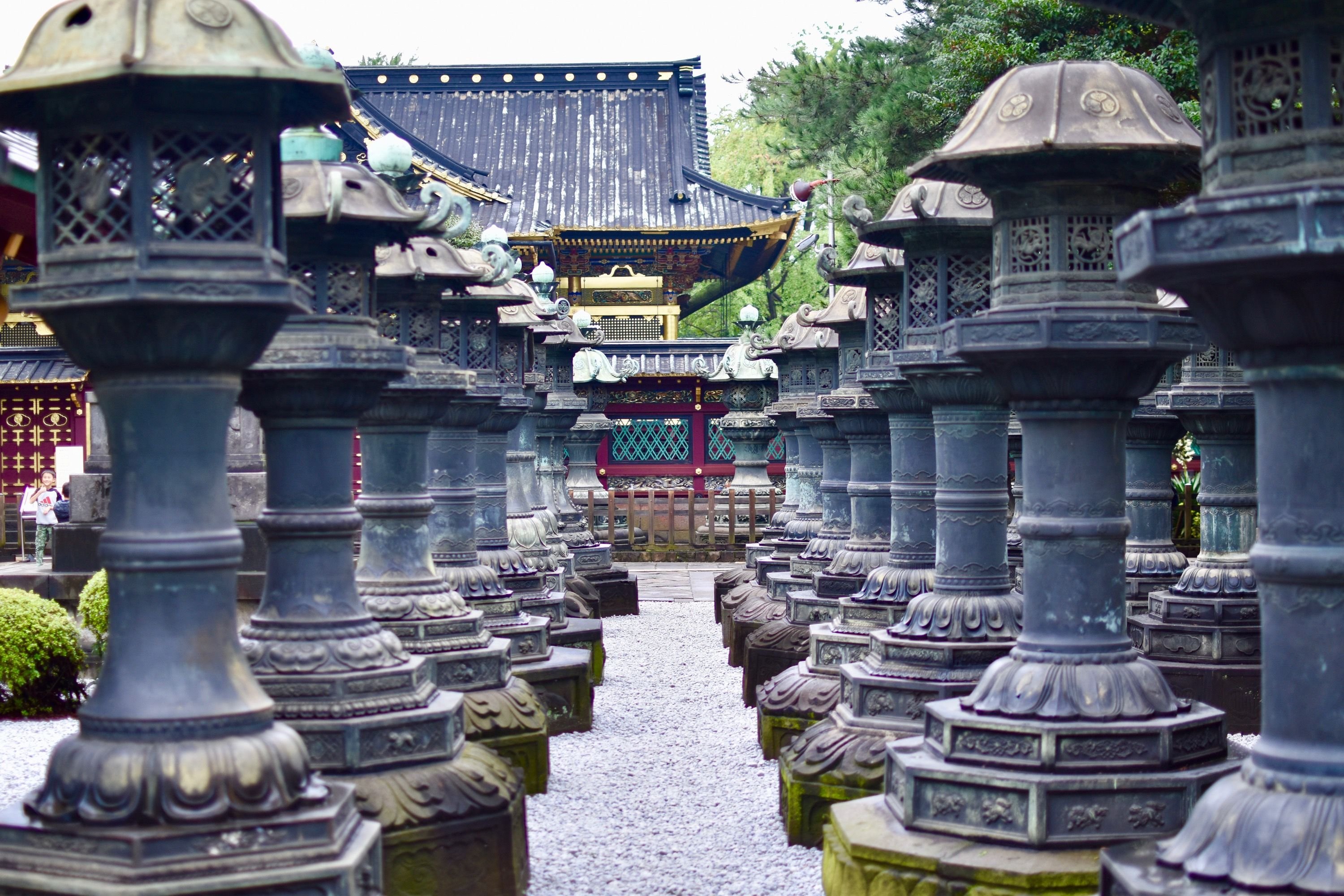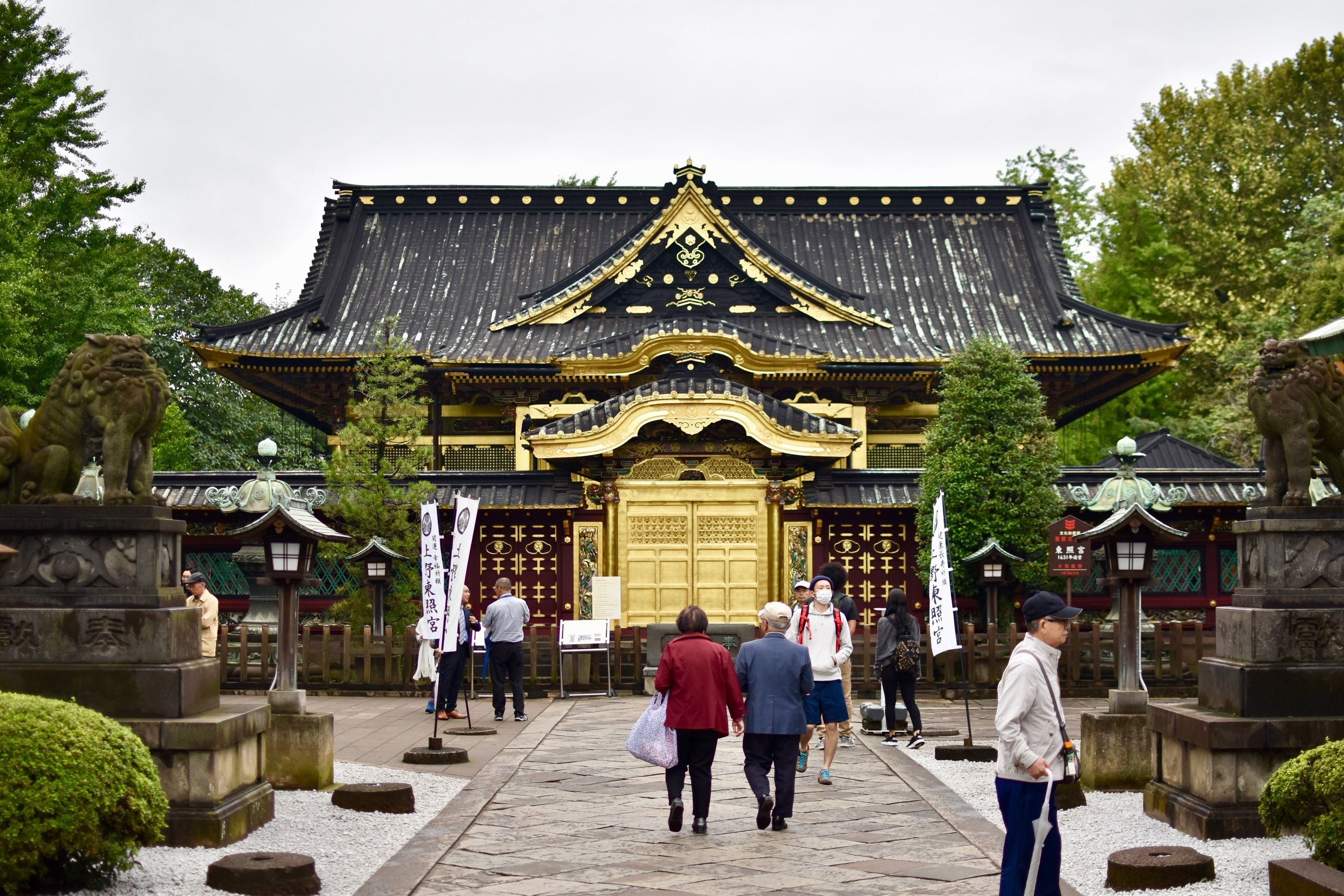This is an authorized translation in English of a post in French by @japon: Ueno, bien plus qu'un grand parc à Tokyo
Remember that the person that speaks here is NOT me, Vincent Celier (@vcelier), but @japon, a French guy.
Ueno, more than just a big park in Tokyo
Freshly landed in Japan, I chose to take the Skyliner to travel the 80 kilometres between Narita Airport and the center of Tokyo. There are other alternatives (such as the Narita Express) but the Skyliner has the advantage of stopping in Ueno, the area where my first hotel is located.
So here I am on the platform of the station, waiting for my train. The airport is the terminus, I see a skyliner who arrives and deposits his stream of tourists with their large suitcases. I wait patiently for everyone to come down, and an officer blocks me when he sees I want to enter. Wagons are systematically cleaned at each trip; welcome to Japan and its exacerbated cleanliness!
As the train goes in the opposite direction, and as travelers like to be seated facing the front of the train, the seats are pivoting! Once the cleaning is finished, the agent activates a button and all the rows of seats start to rotate by 180 °!
Finally I can climb on the train: let's go for 41 minutes!
Ueno, is a popular and lively district in the Northeast of the Japanese capital. It is well known for his train station, or rather his train stations. Because in Japan there are several railway companies and often they operate in different stations. The most important company is Japan Railway which holds about 75% of the rail network. Its stations are easily recognizable by the mention JR which is affixed after the name. Right next to JR Ueno Station is also Keisei Ueno Station, which includes the Skyliner.
Ueno is also known for its huge park, impossible to miss it out of either station. As these are my first steps in Tokyo, I decided to start by walking the large paths of the park to put myself in the mood.

I quickly find on a Shinto shrine and its corridor of mini-torii: Hanazono Inari. Going by this way has something magical, I felt transported to another world. I was not in the center of Tokyo but in a quiet and remote place. There are some tourists who, like me, discover the place, but also some Japanese who come to pray.

Before going to invoke the kami of the place, obligatory passage by the ritual of purification. It's very symbolic; we wash ourselves of all the defilements that we carry on ourselves. With the help of a Hishaku (a kind of small ladle) we will purify successively both hands and mouth. Why only these two parts of the body? Because in front of the altar one will clap with both hands to signal his presence to the deity, then say a prayer (with his mouth).
I realized that praying is extremely codified and there are several steps to follow in a specific order (for more information in French, see: https://japon-fr.com/prier-temple-sanctuaire.htm).
I continue my visit of the park of Ueno, that is really very big, and contains many things to see. I walk to another great shrine: Tōshō-gū. Upon approach, large stone lanterns set the tone. And once inside the prospects are fabulous. The main building, richly decorated is a national treasure.



See you soon for a new walk in the heart of Tokyo.
-- @japon
Travel diary in Japan, by @japon
Tokyo, overcrowded city? Really? by @japon
Are the Japanese too disciplined? by @japon
Going to Japan without speaking Japanese? by @japon
